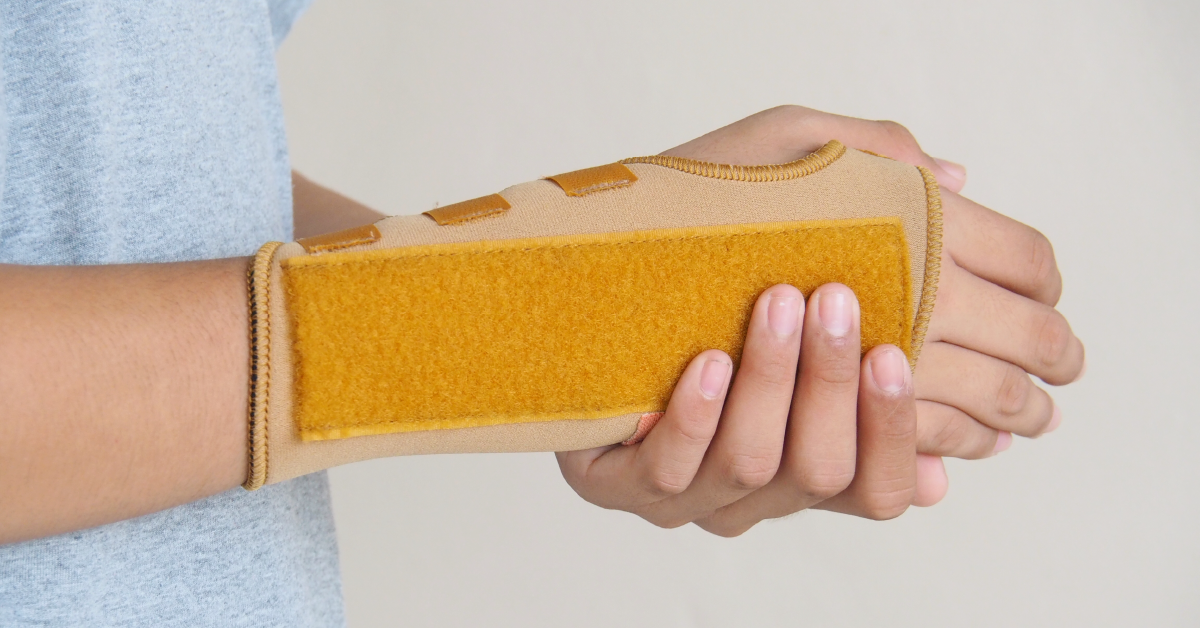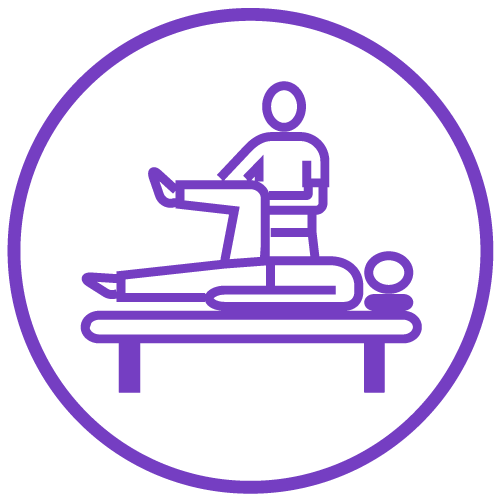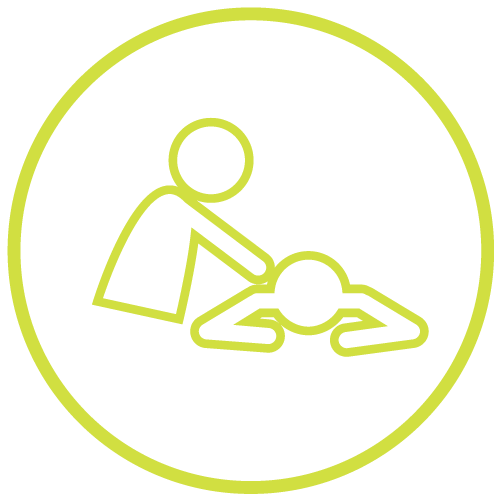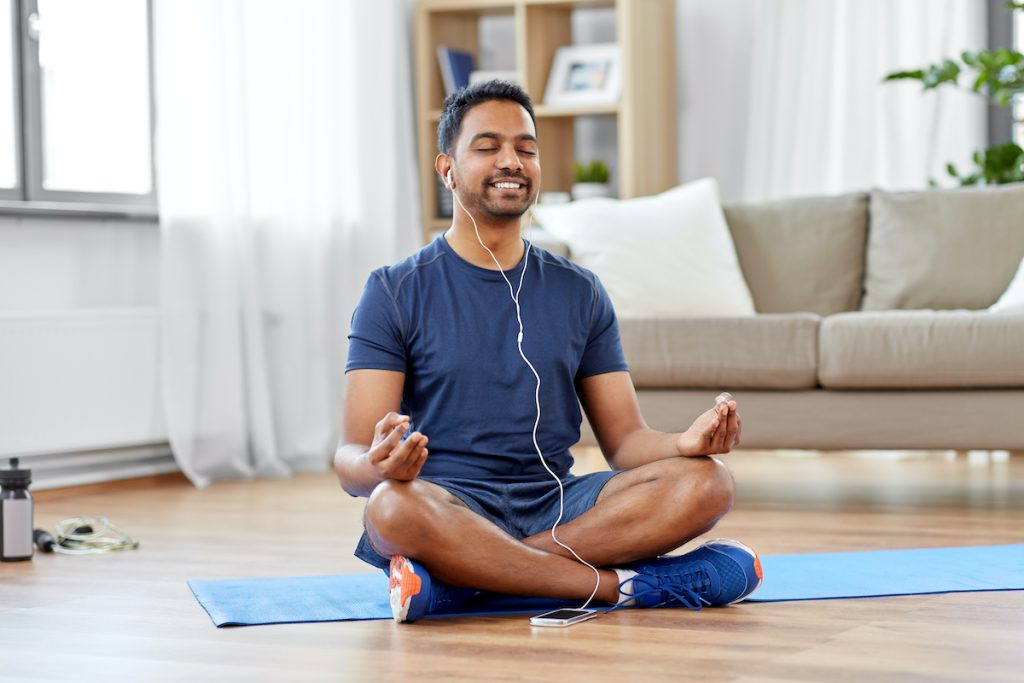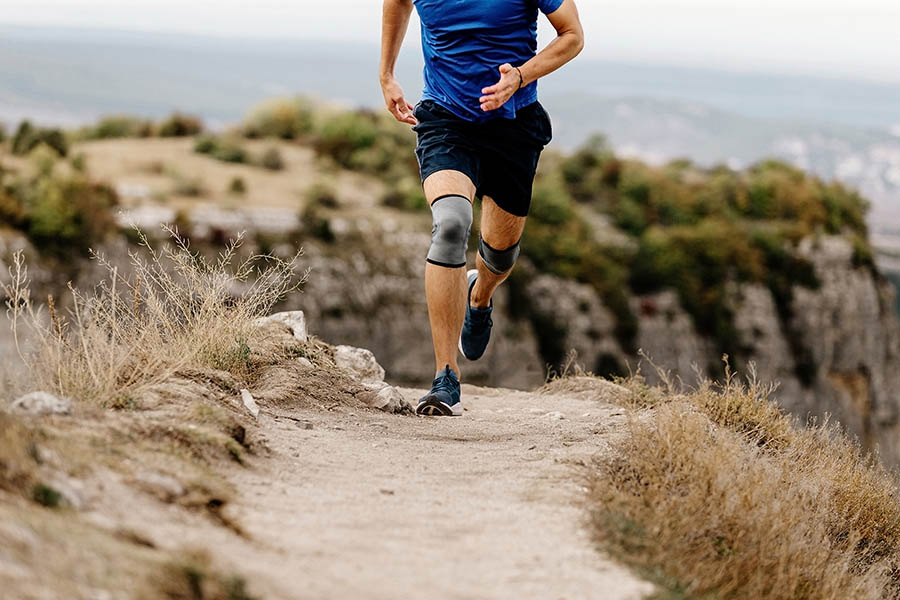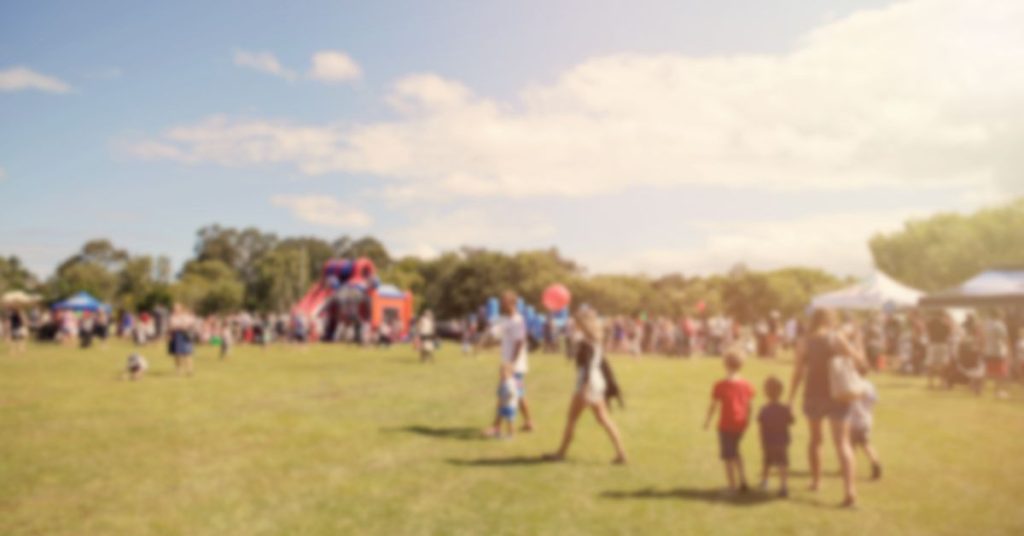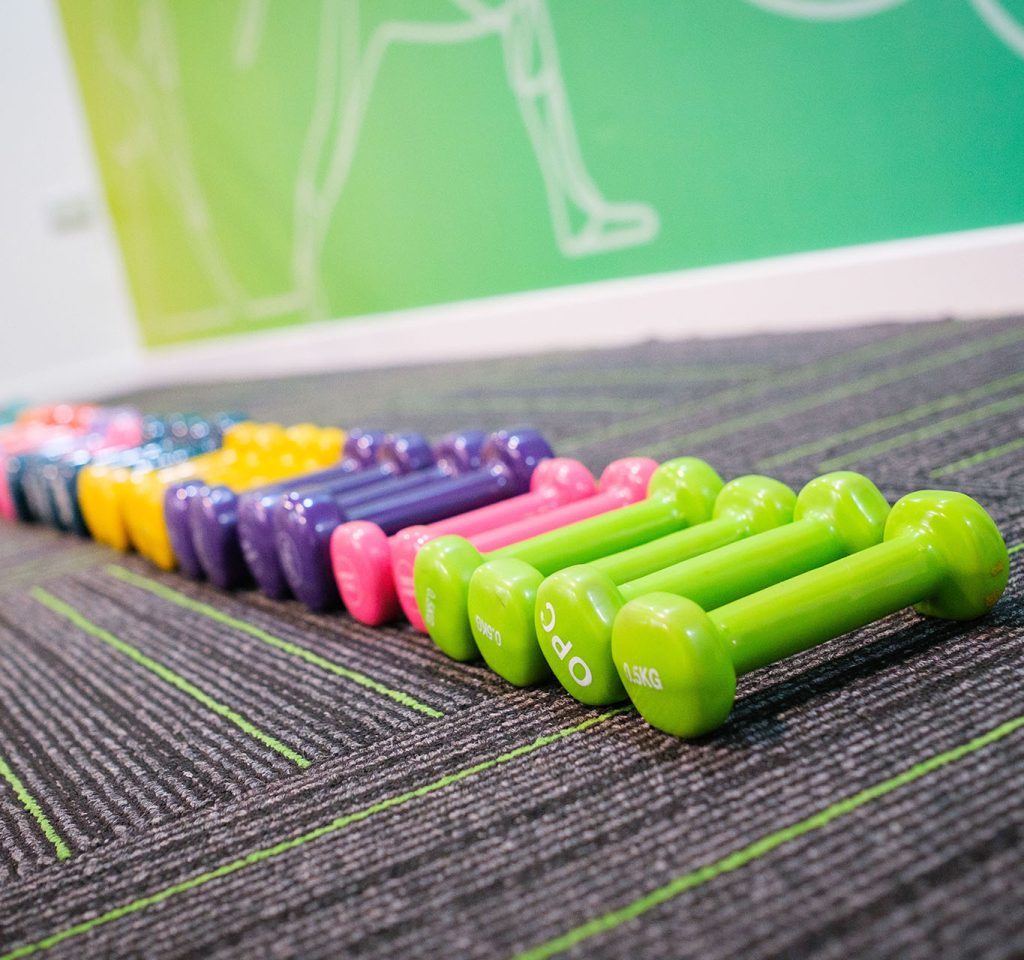Injury is just a part of life. You can do everything right and still end up hurt. The important thing is to make sure you take the right recovery steps to bounce back quickly and safely. That’s why we’ve put together this list of the most common sports injuries we treat here at BodyViva Brisbane.
Of course, prevention is just important as recovery, if not more so. Make sure to check out our guide on proper sports preparation to help avoid injury. Click here to read more.
Sports Injury Recovery Timeline
The recommended treatment for your sports injury depends on the severity and type of injury. If you ever experience intense pain or believe it to be something more serious than a straightforward sprain or strain, always seek medical advice. Sports injury recovery can vary between a few days and several months.
A physiotherapist can help guide the rehabilitation of said sports injury, and, depending on the injury, they may assign you sets of exercises to promote strength and flexibility.
Returning to sport before your injury fully recovers increases your chances of re-injury. Also, avoidance of any provided recovery exercises can also put you at a higher risk of re-injury. You’ve got to ease back into movement, or you risk returning to square one.
While your injury heals, you can maintain your fitness by focusing on exercises that don’t engage your injury.
Sprains & Strains
These are two of the most common sports injuries and oftentimes the easiest to recover from. When you compete, all your muscles, tendons and ligaments constantly contract, stretch, absorb shock, release and do a lot of work. When you push a motion too far or work it too hard, it can result in one of these two injuries.
What to do: Most sprains and strains will heal naturally over time. Applying ice, pressure and elevation will help the injury recover. Note – strains often leave the ligament weaker and susceptible to future sprains. Strapping and support braces can help reduce the risk of this.
Swollen Muscles
All muscle injuries will result in a certain level of swelling. Swelling is the result of the increased movement of fluid and white blood cells into the injured area. The release of chemicals and the compression of nerves in the area of injury cause discomfort and pain. So it’s a good idea to reduce swelling as much as possible.
What to do: Immediately applying ice, pressure, and elevation will help the injury recover. After about three days, if the swelling persists, applying heat can also improve the healing process. Your doctor or physician may also recommend anti-inflammatory medication to reduce pain and swelling.
Fractures
Fractures of varying levels are a present risk in all sports, though often most common in contact or impact sports. Most sports-related fractures occur in the arms, hands, legs and feet, all of which are known to be painful and can sideline athletes for weeks or months.
Outside of contact sports, fractures are still a risk for activities considered ‘less intense’. Overworking your body can result in small stress fractures and incorrect movements can also result in a bone break.
What to do: Fractures are often painful and require several weeks of immobilisation while the bone heals. If you suspect you have a fracture of any level, it is advised you seek medical assistance immediately. Surgery may be necessary to correct your bone and set it in the right position. Once you’re healed, you may find your muscles are weaker – talking to a physiotherapist can help balance out your muscles again and strengthen the spot where the break occurred.
Dislocations
These injuries occur when your bones are forced out of their natural position. It’s kind of like when you pull the arm off an action figure and can’t get it back in. Oftentimes dislocations happen because a point of force moves your bone from its resting position. That can be a fall, a bump, a tackle or even an odd movement. After a bone is dislocated, your muscles tend to contract again, which makes getting it back in difficult.
What to do: Don’t try and fix it yourself. We’re sure you’ve seen plenty of cool action heroes reset their dislocated joints – yeah, don’t do that. Firstly, don’t move the joint and even try to splint the affected area until it can be fixed. Doing it yourself can damage nearby muscles, nerves or the bone itself. Once you’re fixed up, the doctor will likely recommend that you apply ice to the area and may provide pain relief medication. If you want to reduce the chances of repeat dislocations, a physiotherapist can run you through some strengthening exercises for the surrounding muscles and also show the positions that cause dislocation, so you have a better understanding of how to avoid them.
Shin/Foot Pain
When it comes to running sports, foot and shin injuries are super common. Overuse and a lack of support tend to cause shin splints or plantar fasciitis. Both are inflammation, with plantar fasciitis being felt in the arch of the foot and shin splints along the front of the shin.
What to do: Unlike other overuse injuries that can bounce back quite quickly, these two are known to take a while to fully recover. It’s recommended that you decrease your activity for at least two to four weeks – but know there are cases that have taken up to six months to heal. It’s good to strengthen your legs to prevent these injuries, so your muscles do a better job of dispersing shock. Low-impact exercises can be a great way to keep your fitness up while you heal from these (e.g. swimming, biking, rowing, etc).
Tendon Tears, Ruptures or Tendonitis
Athletes are used to running through the same movements over and over again. This repetition can cause overuse, which is the reason for most tendon injuries. Tendons can be weakened by excessive use, be that running, jumping, throwing, sprinting, hitting and other high-impact motions. When the tendon is weaker, the risk of tears or tendonitis increases. Those smaller injuries can make you more prone to serious tendon injuries like full ruptures. Of course, there are times when tendon injury can occur while the tendon itself is quite strong, but these often are caused by motions that over-exert the body or hyper-extend the tendon.
What to do: Rest is the most important step to repairing minor tendon injuries. Tendons are notoriously slow healers because they get less blood flow than our bones and muscles. Ice and supports are other ways to reduce stress on a tendon. In the case of a serious injury, be that a partial or complete rupture, you will likely need surgery to repair the tendon. Depending on the location of the tendon, you can expect to be in recovery for four to six months. After about 9 to 12 months, most athletes can return to play in a limited capacity while the tendon regains its strength.
Knee Injury
Knee injuries usually fall under one of the conditions we’ve mentioned above – however, this area is quite a complicated joint, so we decided to focus on it a bit. The knee endures a lot of impact from sport. Not only does it absorb shock and generate power when we’re running or jumping, but it also endures jarring motions when we dodge or change directions. With so much pressure here it is one of the most common problem zones for athletes of all codes.
What to do: Minor knee injuries can heal faster with standard RICE (rest, ice, compression, elevation) methods. Severe injuries like meniscal tears, tendon tears, ligament injuries, or in the worst case, ACL tears may take upward of 4 to 12 months.
Tennis Elbow
Similarly to knee injuries, tennis elbow is a common overuse injury for athletes that make a lot of arm motions. It occurs when the tendons are overloaded, usually by the action of swinging, throwing, rowing, or punching.
What to do: Most people with Tennis Elbow get better without medical treatment, but it does require you to take a step back from performing the motions that caused it. Depending on how overloaded the tendons are it can take between 6 months to a few years to recover. 90% of people recover within a year.





